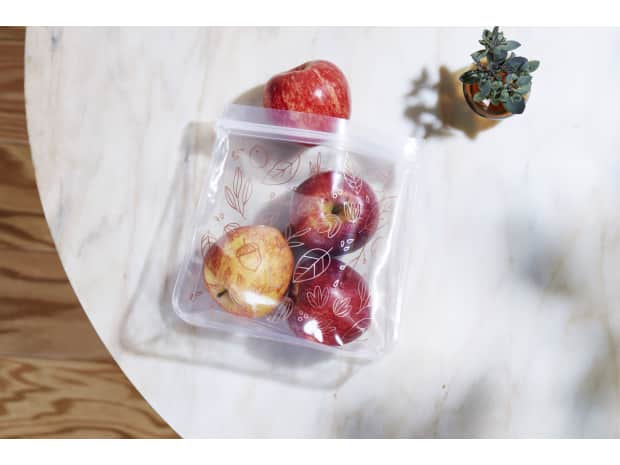
14 best indoor garden kits for herbs, vegetables & flowers.
We’ve gathered up the best indoor garden kits so you can waste less time searching and more time growing and harvesting so you can get to the best part.
Read More


Last Updated: June 21, 2022
Read on for our two cents on how to best clean your fruits and veggies with vinegar and other natural cleaners so they're safe to eat and will last a little longer on the shelf.
There are few things more satisfying than knowing where one's food comes from. For those who eat from their garden, the journey of one's produce can truly be a farm-to-table affair.
More often than not, however, the path of our produce is lengthier and handsier—with more points of contact and a greater chance of contamination.
So how can we best clean and elongate the shelf life of our produce? Read on for our two cents on how to best clean your fruits and veggies with vinegar and other natural cleaners so they're safe to eat and will last a little longer on the shelf.

From contact with wildlife to pesticides, chemical exposure, and the many hands that helped your food get to market, your produce needs to be washed before eating.
If you don’t wash your fruit and product, you run the risk of coming in contact with harmful bacteria such as E. Coli, Salmonella, and Listeria according to the U.S. Food and Drug Administration.
Grove Tip
Although fewer and less harmful chemicals are allowed in the growing of organic produce, there are still 25 approved synthetic chemicals as outlined by the National Organic Program, the regulatory framework governing organic food production in the United States.
Additionally, contact with animals and unclean hands and surfaces are additional reasons to wash and sanitize your fruits and veggies before eating them.
Tools you’ll need:

*Homemade vinegar solution
Combine the following ingredients in a large bowl for soaking your produce. Scale this recipe, keeping the same proportions, for sanitizing greater quantities at a time.

If you aren't the DIY type, check out Aunt Fannie’s Produce Wash which combines all of these ingredients for you in one easy spray bottle.
Add 4 ounces of Aunt Fannie’s Produce Wash to a gallon of water, and soak the produce for two minutes. Swish it around, then rinse it thoroughly with water.
You can also make a spray with 1 tablespoon of wash in 16 ounces of water. Spray it on your vegetables and fruits, rub or scrub, and rinse with water.
Quick tip: Store your soft fruits in an airtight container, like Le Parfait, to get them to last a little bit longer.
White mushrooms, such as buttons and creminis, can be cleaned according to the soft fruits instructions above.
Other more absorbent, gill-heavy varieties (such as morel, chanterelle, oyster, portobello, and shiitake mushrooms) are best tackled by wiping them down using a clean paper towel and small amounts of vinegar solution.

We’ve gathered up the best indoor garden kits so you can waste less time searching and more time growing and harvesting so you can get to the best part.

Picking fruit reminds us where our food comes from. Plus, a day picking one's own fruit can be downright fun!

We love ordering takeout, but we don’t love the extra plastic and waste that comes with it. Learn how a few tips and tricks can make takeout more eco-friendly.

A look at one or more of the top-rated cleaning vinegar products below will provide all you need for your cleaning needs.